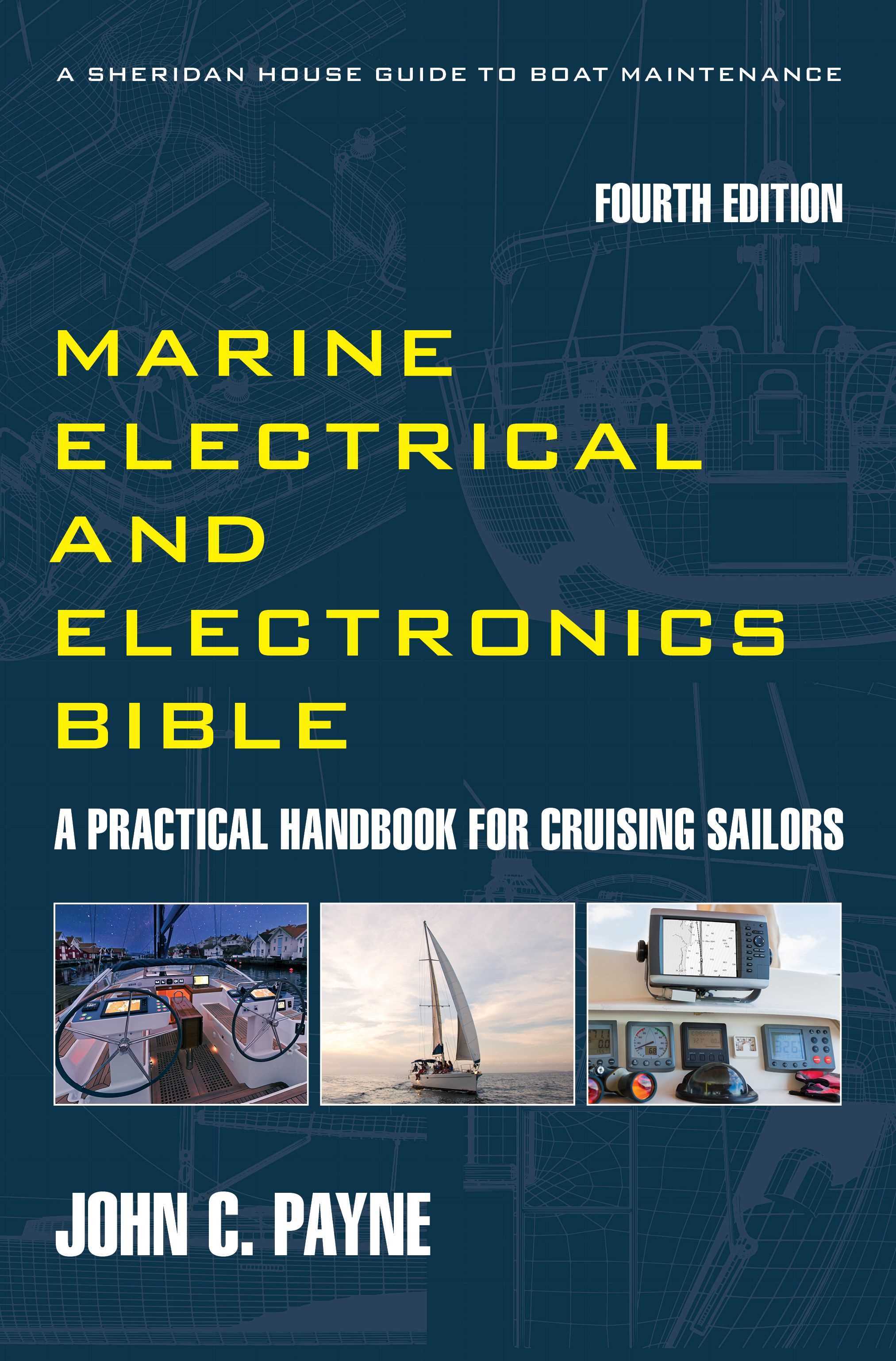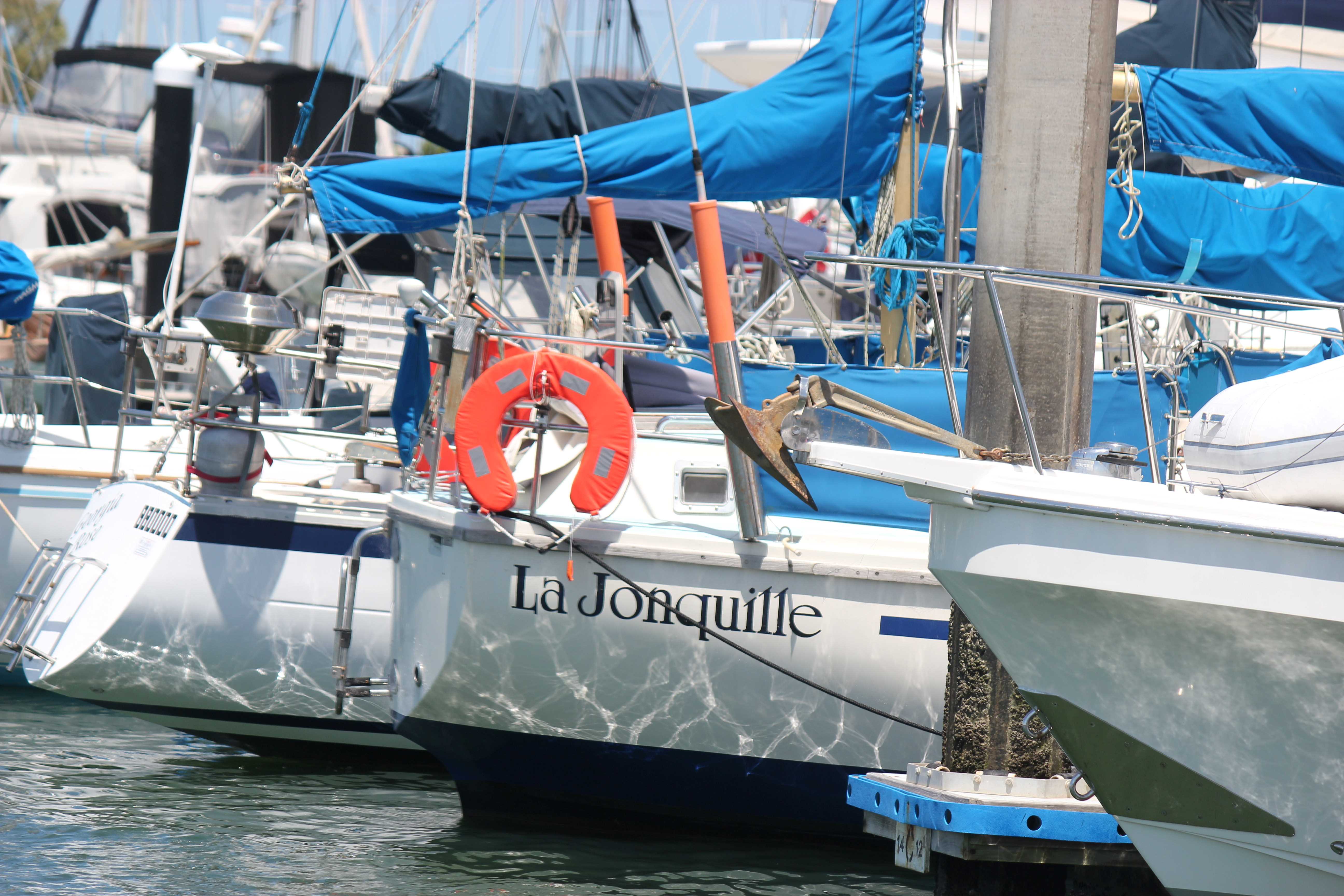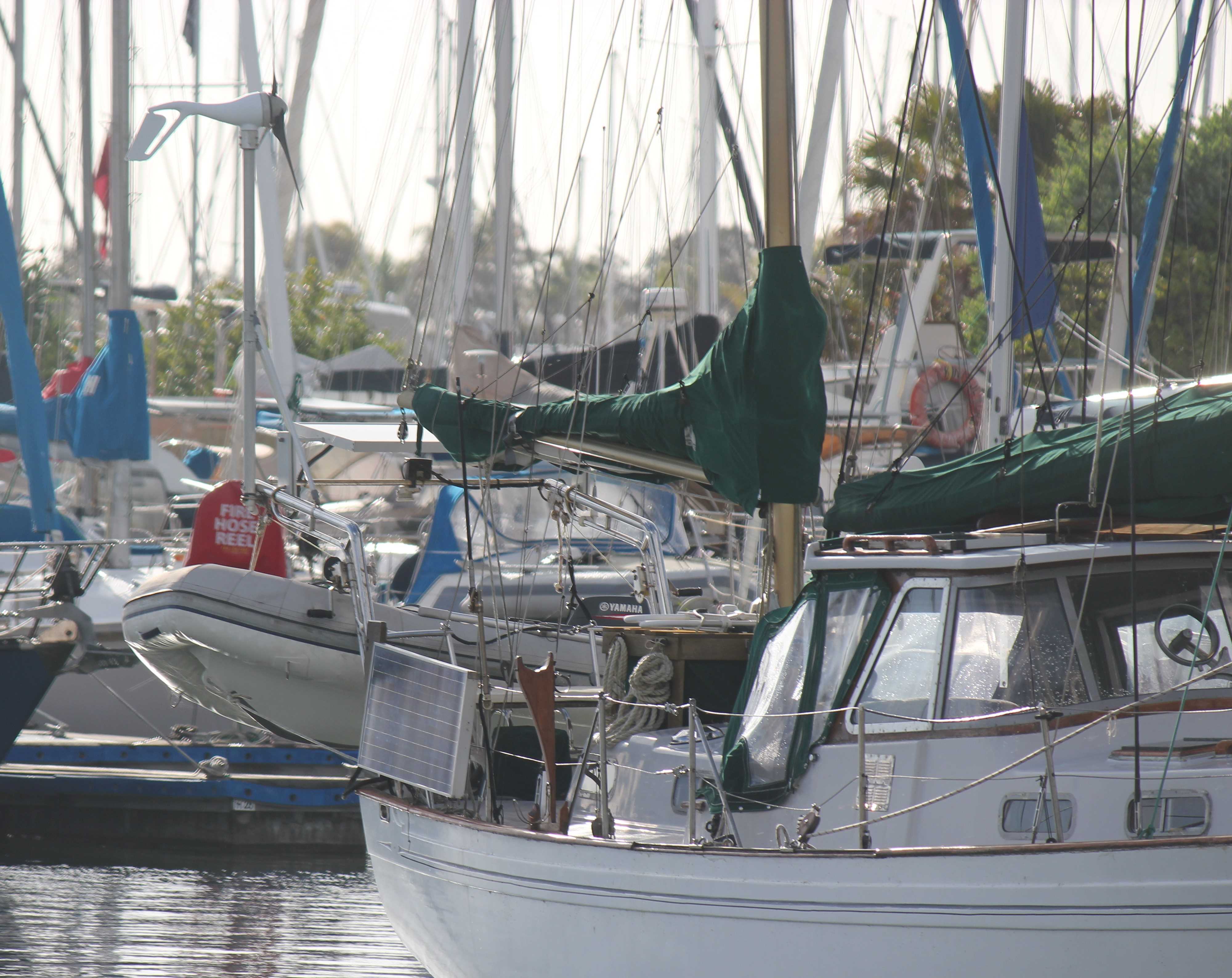Living on a boat
This is all about living on a boat, and about liveaboard sailboats, and how to get afloat with liveaboard boats for sale and it asks the important questions of what is a liveaboard? It is a great lifestyle but it is not for everyone, and often realities impact soon after you move aboard. The lifestyle is sometimes challenging, requires some resourcefulness, resilience and a certain level of patience. For some cabin fever sets in rather quickly. Since my first boat some 35 years ago and a lifetime in the marine electrical and electronics profession the latest and 4th Edition of my book, the Marine Electrical and Electronics Bible is out. Buy it here and save some real money on expensive technicians and learn to fix it yourself. Living on a boat encompasses many different boat types, and this is not just limited to monohull sailing boats. There are many who live on catamaran sailboats, and others on trawlers and motor boats. Living on a yacht is an achievable dream. There are people who live on houseboats and there are people who people who live on barges (been there and done that) and canal boats. The range of boat types adapted for living afloat is wide and varied. For many living afloat is a viable alternative to expensive housing and which for many are unaffordable. For others it is a great way to withdraw from the frenetic city and urban lifestyle. The motivation for living on a boar is as varied as the boat types. By profession I am a marine electrical engineer and marine engineer, as well as marine surveyor, and after a lifetime living afloat, I have learnt much about living aboard. This liveaboard section will be about advice and lived experiences to help people who are relatively new to liveaboard boat life and how to resolve challenges and enjoy the experience. I have many inspirational quotes to share and that I refer to so as to stay focused on cruising.
The 4th Edition of the Marine Electrical Electronics Bible Get your copy and start becoming self sufficient and save money on expensive technician callouts. The 4th Edition of the Marine Electrical Electronics Bible Get your copy and start becoming self sufficient and save money on expensive technician callouts.My Liveaboard Life
I live aboard my boat. I have lived aboard most of my life in some form or another if I take into account my merchant marine background as well. For many years my home was a small cabin on old tramp freighters and offshore oil drilling rigs. My first liveaboard sailing boat was an old steel Herreshoff ketch, which I bought as part of incomplete project, with bare hull and all the bits stowed in a shed. It took me over two years of hard work to rebuild it and that was easier for me as I am in the marine industry and had the knowledge and some competencies, but more on that subject later. My second liveaboard boat was a 34 foot wooden sloop that I purchased through a friend, it was run down and lying in Belgium. So, between alternating my day job building oil rigs in Asia and then restoration work and living part time on the boat it took me near two years again before I finished left and went cruising through Europe, the UK and down to the Mediterranean. While I was berthed in Belgium I met some folk with a 70 foot, 110 year old Dutch barge. Several years later they put it for sale and I was quick to buy it and take a break from sailing. Yes, I had some work to do, there is always work to do, and once that was done, I lived aboard for 8 years cruising that canals and rivers of Europe. Finally, I decided I missed sailing and cruising and have about completed refitting my 36 foot FRP ketch and ready to go cruising again
Living on a boat
The fundamental question is what type of boat, and how big is the boat. Before looking at liveaboard boats for sale consider the options. The answer is always how much money is in the budget? Many people do not do the math very well and as a result end up financially challenged. Very few of us have to cash to buy a new and ready to move aboard boat. If you are lucky, you can snare a boat which can be lived on with relatively low amounts of time an investment required to bring it up to standard. The initial boat cost is the first financial step and that revolves around size and condition. By the time many decided to sell their boats they are already tired and requiring work, whether its engines and systems to rigging and sails. Other considerations are whether you intend on some serious coastal or offshore cruising or being a marina dweller. Of course the obvious question is how many are going to live on board, just yourself, or with a partner or a few kids as well. Exactly what is a liveaboard? There are many families living on board on my marina. Do you have liveaboard boat questions? Why not share your pain on the liveaboard boat forum.
Living on a boat locations
Many choose to liveaboard a boat in a marina, where that is available. This can be linked to employment or a desire to have some home comforts, such as laundry, shower and toilet facilities or Wi-Fi access. Finding a marina that will accept you as a liveaboard is often a challenge. Then there are those who choose the cruising route. They spend time in a anchorage or pay for a much cheaper mooring and use the dinghy or tender to access shore facilities. This dramatically reduces costs but is not available everywhere. If you are a long term cruising liveaboard and not linked to shore for too much then you will choose to go to peaceful and quite anchorages, hit the supermarkets when needed along with topping up water and fuel. Many cruising liveaboards find insurance hard to get or the premiums exorbitant so don’t carry any. So for many cruising liveaboards they travel without it.
Living on a boat costs
Living aboard is not cost free, especially if you live aboard in a marina. If you have to finance your boat then you have payments to keep up with. The first cost is the slip fees, often cheaper if you pay six monthly or annually. For people who live aboard in short periods such as the summer cruising season, there are surcharges for use of the marina facilities. Of course some marina’s don’t allow liveaboards. Then there is the insurance cover, and for many marina’s that is quite comprehensive as well. Some marinas charge for the electricity use and that can add up. If you need professional help with engines, electrical, plumbing or other systems they do not come cheap so some self sufficiency is essential. If you are doing a refit while living aboard many marinas ban such activities as they create noise, dust and so on. Even living aboard in a marina still results in boat haul out costs every year or longer if you stretch the dates. Bottom cleaning, antifoulant application and other maintenance all cost money so needs to be in the budget. Then there are LPG gas costs for cooking, and also your usual food costs, but many cruisers find that can be done economically with new skills. If you have to pump out a sewage holding tank there are often charges associated with that as well. Then there are other issues such as health insurance and so on to consider. All about living on a boat is here.


